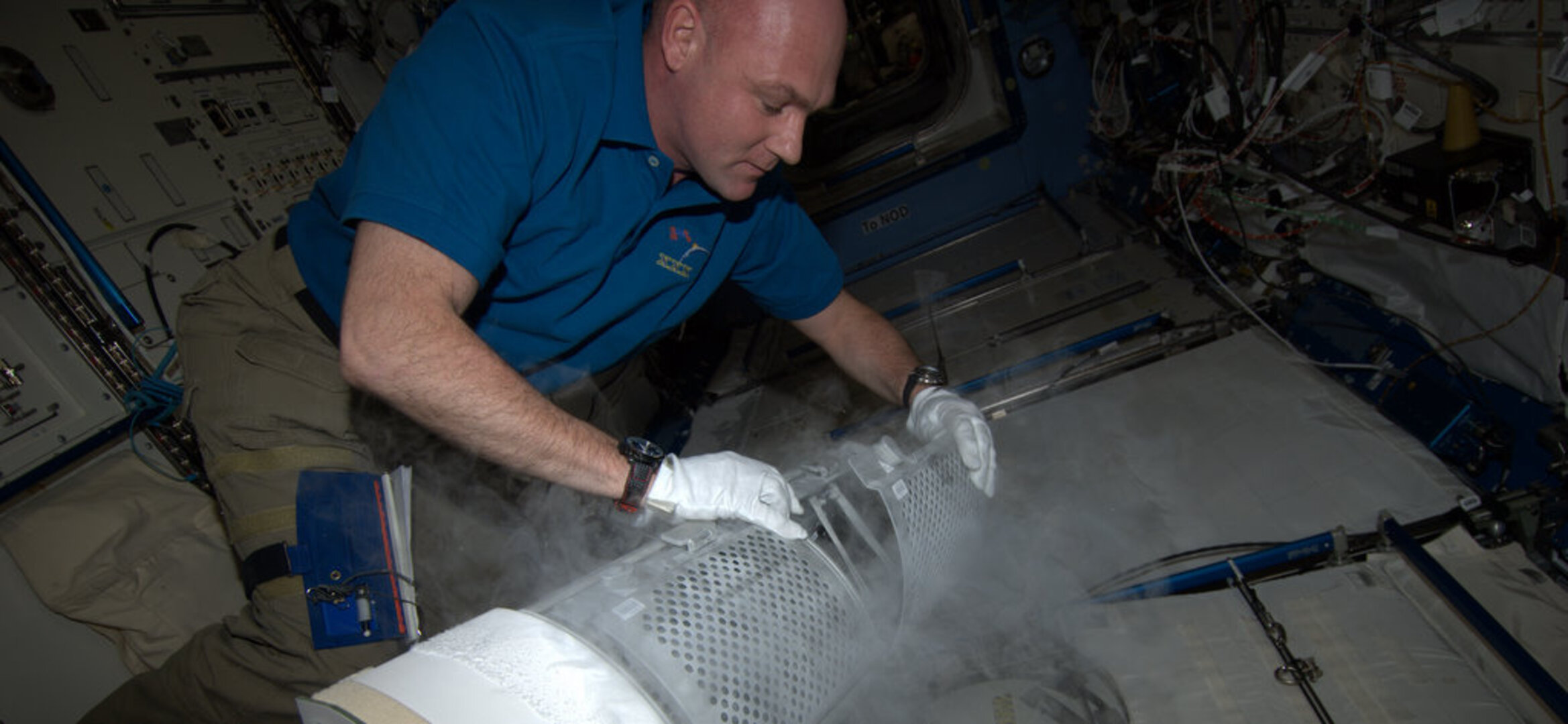A mechanical treadmill operates through user effort, with motion initiated by walking or running on the belt. The user’s feet drive the belt over a flywheel or rollers, creating resistance.
Engaging in a workout with a mechanical treadmill means harnessing the simplicity of a self-powered exercise machine. Mechanical treadmills are devoid of electronic components, standing out with their straightforward design that complements any no-frills fitness routine. The belt moves only when the user moves, offering control over pace without the need for electrical power.
This machine is not only wallet-friendly but also environmentally conscious due to its manual operation, reducing electrical consumption. Whether for a light walk or an intense run, a mechanical treadmill adapts seamlessly to the user’s preferred speed, providing an effective cardiovascular workout that strengthens muscles and boosts endurance.
The Basics Of Mechanical Treadmills
The Basics of Mechanical Treadmills often reflect the simplicity and reliability of manual machines. Understanding the fundamentals of these treadmills can help users appreciate their construction and function. Mechanical treadmills don’t rely on electricity. Instead, they use human effort for movement. Now let’s delve into the specifics that make these machines tick.
Key Components
Every mechanical treadmill has critical parts that work hand-in-hand:
- Running Belt: The surface you run on.
- Rollers: They help the belt move smoothly.
- Frame: It supports the entire treadmill structure.
- Incline Adjustment: Allows the user to increase workout intensity.
The Role Of Gravity And Friction
Gravity plays a primary role in the function of a mechanical treadmill. When the user walks or runs, gravity helps pull their feet back down. Friction is essential for the belt to move. The runner’s weight combined with their push against the belt creates the motion. This movement is the heart of these machines.
Human Power: The Driver Of The Belt
Human Power: The Driver of the Belt is what makes a mechanical treadmill tick. Unlike their electric siblings, these treadmills require no plugs or buttons. It’s your energy that fires up the workout. As you walk or run, the belt only moves with you. This simple, eco-friendly design makes for an effective exercise tool.
User Motion And Belt Movement
Your stride powers the treadmill. When you step forward, the belt rolls under your feet. Think of it like a giant hamster wheel. You’re in control, setting the pace and rhythm. The faster you go, the faster the belt spins. It’s a seamless dance between human strength and machine.
Adjusting Intensity
How do you make the workout harder? Simple: use your body. Increase your speed, and the belt matches you. Steeper inclines mean more effort. Some models let you shift the incline manually. Pushing against more resistance, you feel the burn as you climb an invisible hill.
- Lean forward slightly, and gravity helps you push the belt.
- Use the handrails to pull your body into each stride.
- Changing your step length can also tweak the intensity.
Resistance Mechanisms In Action
Ever wonder what makes a mechanical treadmill tick? It’s all about the resistance mechanisms. These systems control the difficulty of your workout. Let’s dive into how they work, so you can better understand your treadmill.
Flywheels For Smooth Operation
At the heart of a mechanical treadmill is the flywheel. This weighted wheel keeps your strides smooth. It works against your steps to build resistance. Think of it like cycling; the heavier the wheel, the harder you pedal.
- Consistent pace – thanks to inertia
- No jerks or sudden stops – for safer workouts
- Better control – over your exercise intensity
Inclines And Their Mechanical Adjustments
Adjusting the incline changes the game. By mimicking uphill movements, it intensifies workouts. You can manually set the slope on most mechanical treadmills; it’s simple yet effective.
| Incline Level | Effect |
|---|---|
| Low | Easier, for starters |
| Medium | Stepping up, for regulars |
| High | Challenge mode, for pros |
Whether it’s a gentle slope or a steep climb, the treadmill’s incline is your secret weapon for a tougher workout.

Credit: www.amazon.com
Durability And Maintenance
The longevity of a mechanical treadmill is a testament to its robust construction and diligent upkeep. To ensure seamless operation, understanding the treadmill’s materials and maintenance routine is crucial.
Materials And Construction
Mechanical treadmills are built to last. The materials and design play a vital role in their durability. Here are the key components:
- Metal frames provide a sturdy base, often crafted from steel.
- The running belt withstands constant friction and is made from dense, woven fabric.
- Roller bars facilitate smooth belt movement and are typically metallic.
Regular Servicing And Upkeep
Maintenance is essential for a mechanical treadmill’s performance. Regular checks and actions include:
- Tightening bolts and screws to ensure stability.
- Checking the belt alignment to prevent uneven wear.
- Lubricating moving parts to reduce friction and wear.
These tasks keep your treadmill running smoothly and extend its life. Remember to consult the user manual for specific maintenance guidelines.
Comparing Mechanical To Motorized Treadmills
To understand how a mechanical treadmill works, it’s important to compare it with its modern counterpart, the motorized treadmill. A mechanical treadmill is powered by the user’s own movement. The belt moves only when the user walks or runs on it. This simple mechanism stands in contrast to motorized treadmills, which rely on electric motors to move the belt at a consistent pace. Let’s delve into the pros and cons of each type:
Pros And Cons
| Mechanical Treadmill | Motorized Treadmill |
|---|---|
|
|
|
|
Which Is Right For You?
Choosing between a mechanical and a motorized treadmill depends on your needs and preferences. A mechanical treadmill might be the right choice if you want a simple, cost-effective solution that enhances your workout intensity. Consider a motorized treadmill if you prefer consistency, convenience, and advanced features.

Credit: www.researchgate.net
Evolution Of The Mechanical Treadmill
Roll back the clock, and we find the origins of the mechanical treadmill in the annals of history. Yet, it’s not just about the past; treadmill technology has sprinted forward, blending age-old principles with modern engineering. Let’s explore the transformation from simple machines to high-tech workout partners.
Historical Development
Imagine a world before gyms and fitness trackers. The mechanical treadmill started as a utility device in the 1800s. Initially, it served as a power source, having prisoners walk on it to grind grain or pump water. As years rolled by, the treadmill evolved. It became a tool to keep us healthy and strong.
- 1800s: Invented for prison labor.
- 1900s: Pivoted to medical rehabilitation.
- Late 20th century: Entered homes for fitness.
Modern Innovations
Today’s mechanical treadmills are a leap ahead. They embody sleek designs and snazzy features for a better workout.
In homes around the world, these machines now boast:
- Adjustable resistance for tailored workouts.
- Compact folding designs saving precious space.
- Non-electric operation for an eco-friendly exercise session.
These upgrades make the treadmill not only effective but also adaptable to the changing needs of fitness enthusiasts.
With time, mechanical treadmills have transformed from rough-and-ready tools into sophisticated exercise partners. They have segued into our lives, accommodating our workouts with ease and simplicity.

Credit: www.esa.int
Frequently Asked Questions Of How Does A Mechanical Treadmill Work
How Does The Manual Treadmill Work?
A manual treadmill operates through user effort; the belt moves as you walk or run, creating a dynamic exercise experience. There’s no electricity required, as your movements power the machine.
How Does A Treadmill Work Mechanics?
A treadmill operates through an electric motor or flywheel that moves a running belt over a stationary deck. Users adjust the speed and incline to vary their workout intensity, walking or running on the moving belt.
Are Mechanical Treadmills Worth It?
Mechanical treadmills can be worthwhile for those seeking an affordable, low-maintenance option. They are suited for walking or light jogging and offer a simple, effective workout without the need for electricity.
Which Treadmill Is Better Motorized Or Manual?
Motorized treadmills offer consistent speed and more features for a varied workout. Manual treadmills are budget-friendly and powered by your motion. Preference depends on your fitness goals and budget.
Conclusion
Understanding the mechanics behind a mechanical treadmill can enhance your workout routine. These machines offer simplicity and reliability, eliminating the need for electricity and empowering you to control your pace naturally. Embracing the fundamentals of mechanical treadmills might just be the step needed to revolutionize your fitness journey.
Keep stepping forward to robust health and refined endurance!
